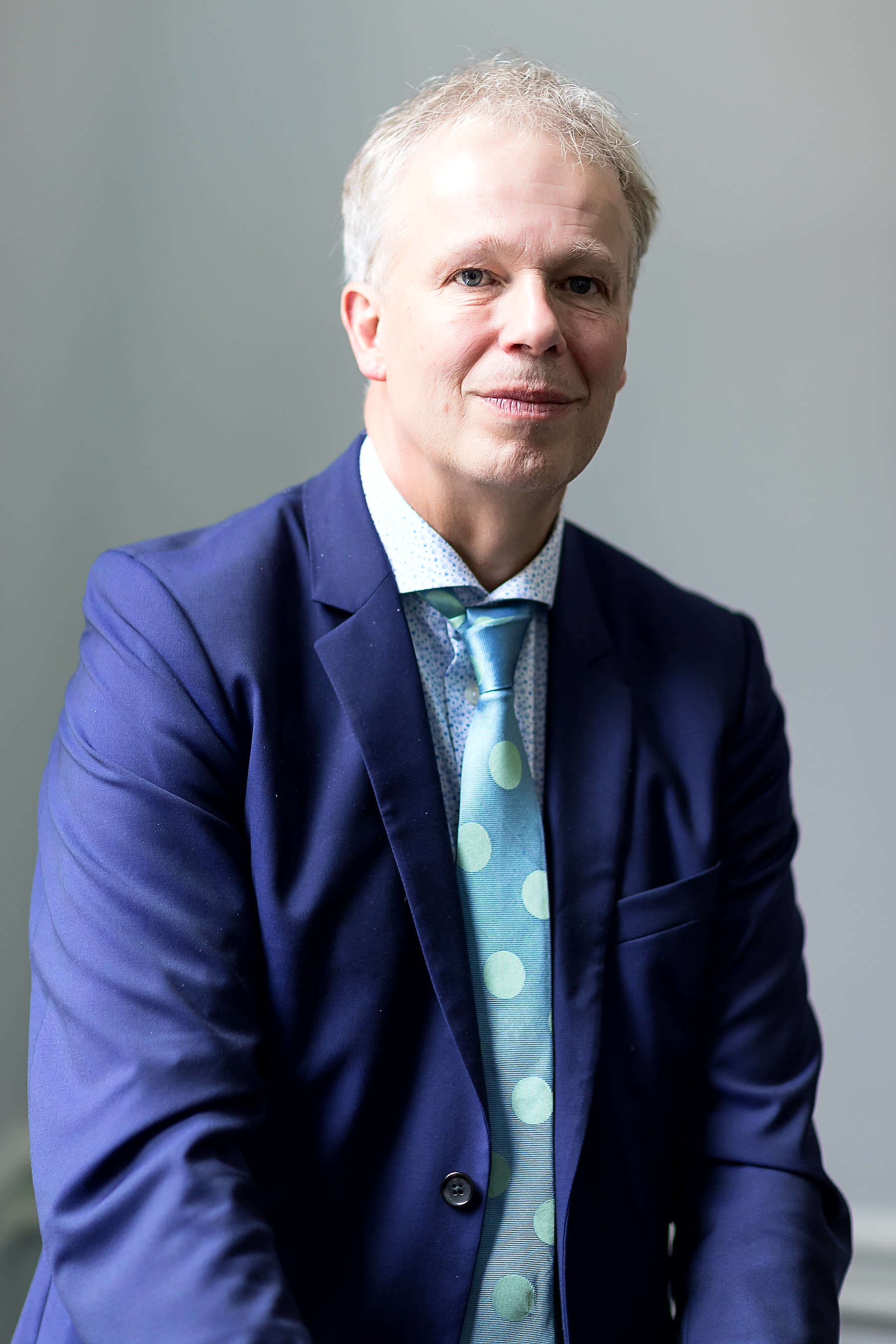BCAM president Paul Charlson talks about skin cancer awareness

Skin cancer is on the increase due to greater lifetime sun exposure from a variety of sources such as tanning shops, frequent holidays abroad and increased popularity of outdoor sports such as running and cycling. Most skin cancers are due to sun damage in the skin. Many are basal cell carcinomas which are fortunately slow growing and not life threatening.
The best way to prevent skin cancer is to reduce the amount of sunlight hitting the skin. This is achieved by wearing a hat (yes it can look stylish) and long sleeves and by staying in the shade and applying sun block regularly and effectively. The rules for sun screen are:
- Factor 30 or more
- Apply lots and allow to soak in for 15 minutes
- Cover all of the exposed skin – probably about a shot glass amount per time
- Reapply sunscreen every two hours or after swimming or sweating
It is useful every evening to apply a vitamin C preparation which is an anti-oxidant and helps to repair any sun damage caused during the day.
Skin cancers can look like a variety of different lumps and bumps. A good rule is any new lesion is suspicious, if it persists and does not disappear after 8 weeks particularly if it looks different from other spots you have or grows. Higher risk areas are face and back in men, face, lower legs and chest in women. Pigmented lesions are particularly concerning. Most will be benign but not all.
If there is any doubt about a lesion it is best to consult a GP who can refer to a dermatologist for diagnosis. People should not rely on cosmetic clinics with poorly trained individuals pronouncing on lesions. I find it alarming that “Cosmetic dermatology” forums are littered with advice by non-experts based on photographs.

Dr Paul Charlson is president of BCAM. He sits on the JCCP council working to improve safety and training cosmetic medicine. Dr Charlson has been a cosmetic doctor since 2002.
Skin cancer is on the increase due to greater lifetime sun exposure from a variety of sources such as tanning shops, frequent holidays abroad and increased popularity of outdoor sports such as running and cycling. Most skin cancers are due to sun damage in the skin. Many are basal cell carcinomas which are fortunately slow growing and not life threatening.
The best way to prevent skin cancer is to reduce the amount of sunlight hitting the skin. This is achieved by wearing a hat (yes it can look stylish) and long sleeves and by staying in the shade and applying sun block regularly and effectively. The rules for sun screen are:
- Factor 30 or more
- Apply lots and allow to soak in for 15 minutes
- Cover all of the exposed skin – probably about a shot glass amount per time
- Reapply sunscreen every two hours or after swimming or sweating
It is useful every evening to apply a vitamin C preparation which is an anti-oxidant and helps to repair any sun damage caused during the day.
Skin cancers can look like a variety of different lumps and bumps. A good rule is any new lesion is suspicious, if it persists and does not disappear after 8 weeks particularly if it looks different from other spots you have or grows. Higher risk areas are face and back in men, face, lower legs and chest in women. Pigmented lesions are particularly concerning. Most will be benign but not all.
If there is any doubt about a lesion it is best to consult a GP who can refer to a dermatologist for diagnosis. People should not rely on cosmetic clinics with poorly trained individuals pronouncing on lesions. I find it alarming that “Cosmetic dermatology” forums are littered with advice by non-experts based on photographs.

Dr Paul Charlson is president of BCAM. He sits on the JCCP council working to improve safety and training cosmetic medicine. Dr Charlson has been a cosmetic doctor since 2002.

